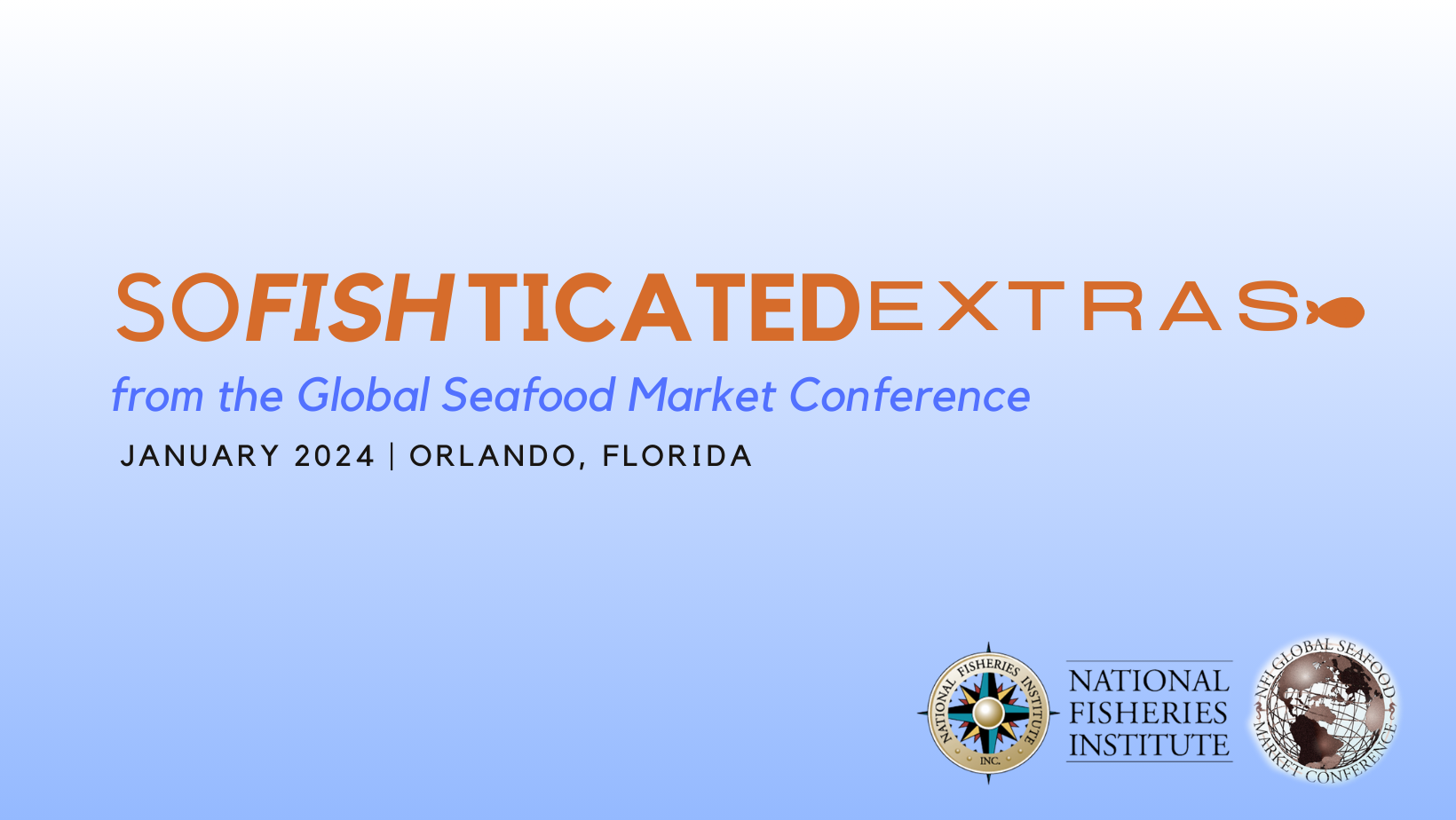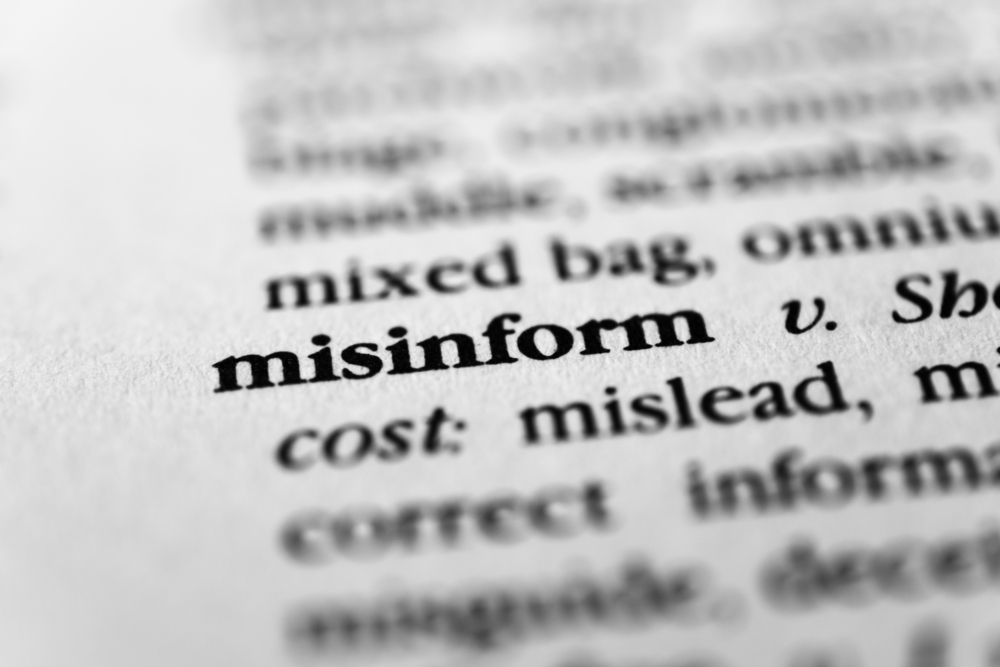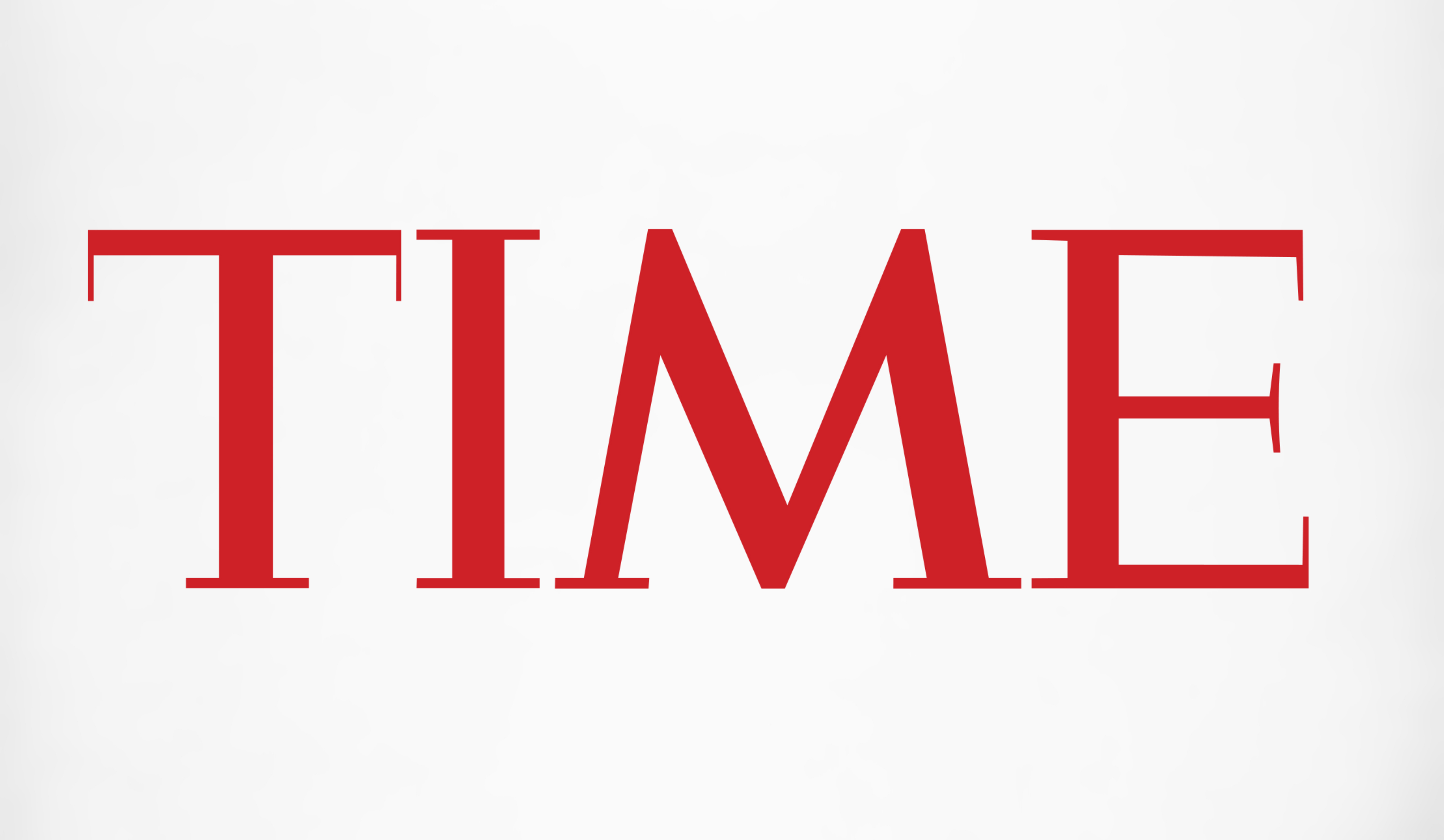All posts by NFI Media
GSMC SoFISHticated Extras: Day 2
Seafood’s leading podcast for actionable industry information.
A 4-minute download on the insights and data from Day 1 of the Global Seafod Market Conference
Here’s what you missed:
- Find out why “chaos” is kind of our brand
- Why land-based protein would love to have seafood’s problems
- Why it’s good to be “annoyingly boring”
Latest News
GSMC SoFISHticated Extras: Day 1
A 4-minute download on the insights and data from Day 1 of the Global Seafod Market Conference
Here’s what you missed:
Why retail sales are better than you think
Shrimp Panel—the anti-dumping effect
Taylor Swift takes over the seafood roundtable… no joke
Latest News
Consumer Reports, Dedicated to Distortion?
The magazine best known for rating TV’s and vacuums really, really wants to give you nutrition advice. And while it may be good at testing toasters and car stereos it should probably be noted that its “Senior Scientist,” who can be found making nutrition recommendations all the time has a PhD in… wait for it… “Integrated Pest Management.” Not making this up. Read for yourself.
So, here it goes again. This time Consumer Reports (CR) is focused on phthalates in food, a chemical found in plastics. However, testing random products without understanding what American’s actually eat doesn’t provide an accurate picture of consumers’ exposure to phthalates through foods. CR should have patterned its testing after FDA’s Total Diet Studies for a more scientifically based sampling scheme. But it did not, thus leading to a distorted report.
CR reports the total phthalates in nanograms per serving. But they don’t report the serving size so there is no way to compare items listed in the article because each product’s serving size is probably different. When FDA reports the results of testing the results are normalized for comparison purposes.
Reporting the results in nanograms per serving make the numbers huge and scary. Also known as distorted. For example, pink salmon was reported at 24,321 nanograms/serving. Assuming the serving size is 85g (85g is the reference amount for nutrition labeling purposes, but the actual serving size could be higher depending on the size of the can), the amount is 286 nanograms per gram which is 286 ppb or 0.286 ppm. Not quite so scary. (For reference: a nanogram is one billionth of a gram. Compare to a microgram which is one millionth of a gram. 1 nanogram/g = 1ppb. 1 microgram/g = 1000 ppb or 1ppm.)
Safety assessments for chemicals are based on the daily exposure to the chemical, not on the amount of the chemical in a single product. For example, if 2 different foods have the same level of a chemical, but one product is consumed daily and the other product is consumed once per month, the risk of exposure is different. The CR report does not take this into account.
If you read carefully, CR reports that “regulators in the U.S. and Europe have set thresholds for … a few phthalates, and none of the foods CR tested had amounts exceeding those limits.” One more time, for the kids, “none of the foods CR tested had amounts exceeding those limits.”
Burying the lead and a history of cooking the proverbial books suggest a pattern that appears dedicated to distortion. Not a good look for Consumer Reports.
Latest News
One Fish… Two Fish… The Faulty Fascination with Fish Lists
A new article from Fox News claims to help consumers pick the “best and worst fish for your health” and it starts off on the right track before veering into outdated, trite maxims that are, in some cases, just simply inaccurate.
Any doctor or dietitian worth their salt will tell anyone who follows the typical American diet they need to eat more fish, period. The fact is, according to a USDA analysis, 90% of Americans don’t eat enough seafood, creating a public health impact that the Washington Post called “scary,” before noting that letting the mere presence of things like mercury “steer you away from fish is a mistake, because the upsides of eating it far outweigh any potential risks.” Avoiding seafood leads to nearly 84,000 preventable deaths a year.
So, wouldn’t you know it, reporter Perri Ormont Blumberg dives headlong into the ancient art of needless mercury fearmongering when he calls tuna “controversial.” For starters, it’s not. It’s healthy. Eat it. That should be the end of the discussion, but his recycled hyperbole does need to be addressed. His article leans on an EPA calculous that does not take into account any of the benefits of tuna in claiming an average woman “can eat almost two six-ounce cans of light tuna a week.” Ummmm… right… so… that’s wrong. The FDA’s Net Effects report studied this very question with the benefits of seafood in mind and determined women could eat 164 ounces, that’s about 33 cans, of light tuna every week without risk. 33 cans… that’s a lot of cans. Do you know anyone who eats 33 cans of tuna week?
Dr. Dariush Mozaffarian, formerly a professor at Harvard Medical School and the Harvard School of Public Health (now at Tuffs), when talking about mercury in seafood, told Time Magazine “I know I sound like I’m trying to downplay the risk but I really think we are experimenting with people’s lives when we give recommendations or write stories or reports that make people eat less fish.”
Meanwhile the article takes aim at Tilapia, putting it in the “worst” category. Before you take this thinly supported proclamation as gospel, may I suggest this Public Library of Science’s DNA Science Blog that features a PhD’s profile of Tilapia. Pushing back against writers whose tilapia reports are so often “panic pieces” she ultimately concludes, “I love tilapia, because it’s?nutritious?and has turned around my childhood fish aversion.”
A line-by-line refutation of this write up is not necessary to illustrate the impact reports like this can have. Seafood is safe and healthy, and Americans don’t eat nearly enough of it. That’s the conclusion reached by legions of experts.
Latest News
Dubious Celebrity Diagnosis?
Did you hear Joe Rogan claims to have “poisoned” himself with arsenic by eating too many sardines?
Right, so arsenic is a naturally occurring element and the most harmful form is inorganic arsenic. The main form of arsenic found in fish is organic arsenic. Unlike inorganic arsenic, organic arsenic is not harmful to humans.
An anecdotal celebrity medical tale should not be the basis for nutrition advice. Just ask Jeremy Piven who claimed he got mercury poising from eating too much sushi and that he grew breasts from drinking too much soy milk.
Below is a walk down memory lane to see how that worked out for Mr. Piven:
Again With Jeremy Piven Seriously?
Piven Now Famous For His Fable
Quick Question For Jeremy Piven
Media Should Continue to Treat Jeremy Piven’s Medical Claims With Skepticism
Latest News
Applications Closed: Apply Now for the 2024 Future Leaders Program
Latest News
SoFISHticated: A Shifting Environment and What it Means for Fisheries
Latest News
NFI Internship: Communications & Multimedia Position
The National Fisheries Institute’s Summer Internship Program
Communications & Multimedia Intern
National Fisheries Institute — the leading trade association for the commercial seafood industry — is seeking a Communications & Multimedia Intern to work in-stride with NFI’s communications team. This internship opportunity will provide the selected candidate with excellent experience in industry storytelling — both proactive and reactive — in the Nation’s Capital.
This hybrid internship will be managed by the Communications team in its headquarters just outside Washington, D.C. Current undergraduate juniors and seniors with communications & marketing, and/or information graphics or multimedia design backgrounds are encouraged to apply for this paid internship, which will begin in May/June 2023.
The deadline to apply is April 28, 2023
When applying to this internship position, please send the following to NFI’s Communications Director, Melaina Lewis at mlewis@nfi.org:
- Current resume.
- Cover letter explaining your skill set and why you should be considered for this opportunity.
- Two work/class writing samples (such as published articles, news releases, fact sheets, memos, plans, essays, research papers, creative briefs, infographics, design projects, website pages, PowerPoint presentations, etc.).
Potential Opportunities:
- Help manage NFI content and collateral to our trade association members via videos, newsletters, website, and social media.
- Develop media lists, influencer lists, media briefs, editorial calendars, and media results reports.
- Participate in both internal team and external meetings on Capitol Hill or with member companies.
- Work on press releases, media statements, op-eds, infographics, communication & media toolkits, fact sheets, collateral copy, start-to-finish video production, social media content/campaigns and other materials.
- Create website material and resources for NFI’s branded platforms.
- Help record, produce, and market NFI’s podcast via several platforms.
- Conduct social media analytics and brand research as well as audits.
- Coordinate interactions with local, trade, and national media, as well as influencers, when appropriate.
- Support and enhance NFI’s brands in printed and digital platforms.
- Other duties, as assigned.
Other potential opportunities for growth:
- Gain experience in technical skills like writing, editing, digital/web design, social media management and research, as well as, broader skills like understanding the integration between government affairs and communications strategy.
- Tailor existing internship program to meet individual needs.
- Write creative and media briefs and blog posts.
- Have one-on-one mentoring with designated individuals.
- Exposure to a variety of marketing and communications focus areas, including media relations, internal communications, public affairs, strategic research, branding, crisis communications, social media, and more.
Prior internship experience is a plus.
Ideal applicants possess:
- Strong research, organizational and writing skills.
- A proven understanding of marketing and communications, social media and online and traditional media
- Excellent communication skills
- Proficiency using AP Style is preferred.
- Solid critical thinking skills.
- Ability to take initiative and assume responsibility.
- Ability to work independently and in team settings.
- Excellent attention to detail, including proofreading.
- A positive attitude and drive.
- Strong Microsoft Word, Excel and PowerPoint skills.
###
Latest News
Aquaculture and the Future of Fish?
Did you know 52% of the seafood people eat globally comes from aquaculture? Well, it does and that’s why countries and states interested in the future of fish are devoting time and resources to crafting and investing in effective aquaculture policies.

In Virginia, Governor Glenn Younkin has appointed NFI member Kimberly Huskey, from Cherrystone Aqua Farms, to the state’s Aquaculture Advisory Board. NFI is pleased to see that the Old Dominion is focused on the future of fish.
Latest News
TIME Magazine Editors Forget to Research Salmon Story
A recent column in Time about farmed salmon appears to have attracted little or no editorial oversight as it was rife with inaccuracies masquerading as opinion.
This is not the first time this once vaunted publication has botched reporting on seafood. The hit parade started in 2010 —Taking The Time To Get The Story Right, with more in 2015 — TIME magazine continues to fail its readers, another in 2016 — Seriously… what is wrong with Time Magazine? And again in 2017 Reporting on Reporters: Time Magazine.
Below, you can read a letter to Time’s editors from the National Aquaculture Association, it is a fact-based refutation of the story but should also serve as a very clear warning to other publications to do their homework before printing hyperbolic rhetoric without genuine review.
July 22, 2022
Edward Felsenthal
Editor-in-Chief and CEO
Time Magazine
RE: Salmon Wars authors replace facts with fiction in their fishy look at salmon farming
Dear Mr. Felsenthal:
Authors Catherine Collins and Douglas Frantz have an opinion. That is, salmon is a bad for you and bad for the planet. They ask that it be removed from your menu. They are entitled to their opinion.
With TIME publishing this opinion, it asks the question: “Is Farmed Salmon Healthy and Sustainable?”
Ms. Collins and Mr. Frantz clearly say no. However, professionals in the fields of nutrition, health, and ecology say yes. National health authorities worldwide and trusted dieticians suggest including oily fish like salmon regularly in your diet. Registered professional biologists and marine ecologists ensure salmon farms exceed the strict regulations and third-party certifications that are in place to protect the environment around a farm. Licensed veterinarians care for salmon daily.
There is a war being waged against science by activists that would prefer decisions be based on politics, anecdotes and shameless misrepresentations and the authors deliver on this approach by basing their arguments on false factoids pulled from the news or discredited old studies in place of real facts. Here are just a few examples:
FALSE: Salmon are raised in “crammed” cages.
FACT: Salmon are grown in sea cages that contain less than 4% fish and more than 96% water.
FALSE: Salmon are “doused with antibiotics”.
FACT: Salmon are raised with little or no antibiotics under the watch of veterinarians. Farmers have a stewardship responsibility to care for the animals they raise. Farm-raised salmon receive the least medicines out of all the most popular animal proteins we buy at the grocery store.
FALSE: “A single meal per month exceeds contaminant levels set by the World Health Organization”.
FACT: Farm-raised salmon is very low in contaminants and meets or exceeds standards established by the Food and Drug Administration and the World Health Organization. Salmon is one of the world’s best sources of heart-healthy omega-3 fatty acids and is welcome on the menu of every G7 country, the European Union and across North America.
FALSE: “A toxic stew [under farms] drives away marine life”.
FACT: Salmon farmers know that pristine marine cage conditions are essential for high-quality salmon. Farm locations are carefully selected to ensure the ocean bottom is protected from significant nutrient loading by placing the farm in deep and fast-moving water. Farmers use underwater cameras to properly disperse feed, they carefully monitor the ocean bottom, and, like a farmer’s field, sites are given time to rest before being used again.
FALSE: “Salmon die at a rate of 15 percent, much worse than 5 percent for chickens.”
FACT: Wild salmon have a 5% survival rate. Farm-raised salmon have an 85% survival rate over the two-year period in which they are raised. Broiler chickens live for less than two months before being placed on a rotisserie, making this comparison a misrepresentation at best.
Ms. Collins and Mr. Frantz feel that farm-raised salmon is a new fish and an “industrialized imposter”. This would describe 100% of the farmed food products we eat that have, over centuries, replaced wild foods because nature could not keep up with growing demand. It is now very clear that overfishing can effectively strip our oceans empty. Fisheries management is improving and there are many examples of sustainable fisheries around the world.
Aquaculture will not replace sustainable fisheries but it is a logical and responsible response to help meet demand locally and globally.
Demand for healthy seafood is increasing year on year and the United States imports 85% of its seafood from abroad running a $17 billion seafood trade deficit. Aquaculture will be an answer to keeping Americans well fed and healthy.
Consumers have the right to choose what foods they eat. They also have the right to expect “investigative journalists” to do the homework needed to present them with fact, not fiction.
We invite you and your staff to visit Maine where Atlantic salmon has been farmed in coastally located net pens since the 1970s. Current production occurs at 26 farm sites all located within state waters (3 miles from land). Annual production ranges from 33 million to 39 million pounds. Farms are regulated under the Clean Water Act, comply with the National Pollution Discharge Elimination System permit, do not utilize any antibiotics or hormones as growth promoters, conduct and report environmental effects, and have not experienced an escape of fish since 2003. All farms are monitored regularly by a number of regulatory and resource management agencies and are certified by environmental certification programs that establish operating standards above those required by law.
If you would like additional information about a Maine tour or marine aquaculture in the United States, please contact us at your convenience.
Sincerely,
Sebastian Belle
President












